Coordinación
Una coordinación sólida puede evitar vacíos y duplicaciones en las respuestas humanitarias, así como garantizar que los PTM complementen otros tipos de asistencia. Sin embargo, el informe del «Estado Global de los Programas de Transferencias Monetarias» de la CALP Network muestra que la coordinación de la asistencia en efectivo es vista como débil y ad hoc, y que esto está teniendo graves repercusiones operativas.
Los donantes, las ONG y los líderes de los grupos de trabajo de transferencias monetarias (GTM) han pedido claridad sobre tres temas principales relacionados con la coordinación de la asistencia en efectivo:
- Quién debe ser responsable de asegurar una coordinación eficaz de la asistencia en efectivo;
- Cuál es la función y el mandato de los grupos de trabajo de transferencias monetarias, incluso en relación con las transferencias monetarias multipropósito;
- Cómo se debe dotar de recursos a la coordinación de asistencia en efectivo.
Tenemos que basarnos urgentemente en lo que funciona y proporcionar claridad a nivel mundial sobre las preguntas arriba mencionadas, adaptándonos a los diferentes contextos. Hace mucho tiempo que se deberían haber tomado decisiones claras basadas en necesidades operativas y no en la política de las agencias.
Prioridades actuales
El objetivo de la CALP Network es contribuir a seguir progresando en este tema en tres niveles: apoyar a los grupos de trabajo de transferencias monetarias a nivel regional; contribuir a soluciones prácticas para la coordinación de la asistencia en efectivo a nivel mundial; y convocar una discusión basada en la evidencia sobre temas clave, destacando puntos de decisión críticos y oportunidades de progreso.
Contenido destacado
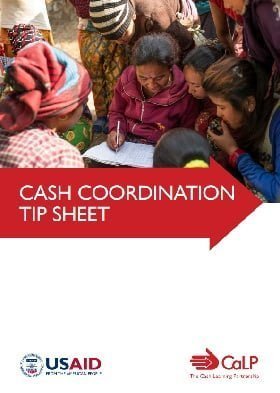
Cash Coordination Tip Sheet
Guidelines and Tools
This tip sheet sets out established best practice, key guidance and resources for all aspects of cash coordination, intended as a clear, accessible and action-oriented guide for those engaged in coordination of cash and voucher assistance (CVA) at the field level.
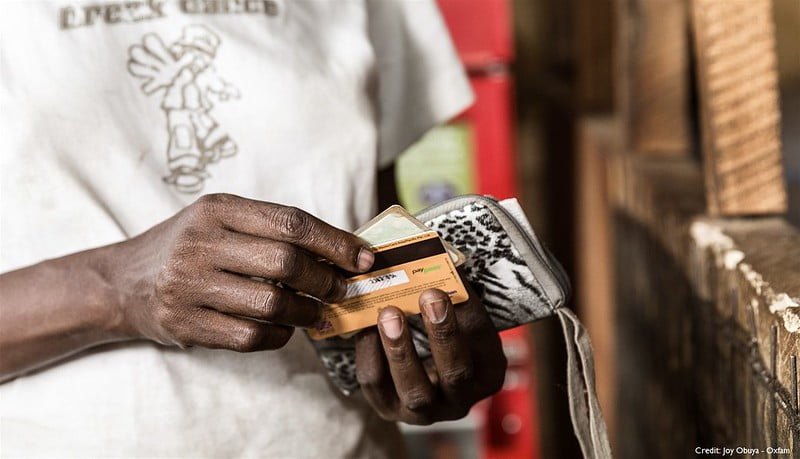
Introducing the Cash Coordination Tip Sheet
Webinar
The CALP Network has developed a tipsheet setting out established best practice and key guidance and resources for all aspects of cash coordination, intended as a clear, accessible and action-oriented guide for those engaged in coordination of cash and voucher assistance at the field level.

Cash Coordination: A proposal from members in MENA
Blog Post
Earlier this year the CALP Network undertook regional consultations to explore options for cash coordination. This blog lays out recommendations from participants from the Middle East and North Africa who sketched out what cash coordination, and coordination more broadly, could look like in future to support a more effective, efficient and accountable response.
Últimos recursos

The Future of Financial Assistance: Why we wrote it, and where next
Blog Post
The world is changing rapidly. The way we deliver assistance is not. The CALP Network and IARAN’s new report on the Future of Financial Assistance makes clear that (i) significant change is urgently needed – new partners, new tools, new modes of collaboration, (ii) change must be drive by what’s...

Organisational Readiness for Data Responsibility in CVA
Webinar

Biometric Data Collection in Humanitarian Action: Through the lens of responsible data management
Webinar
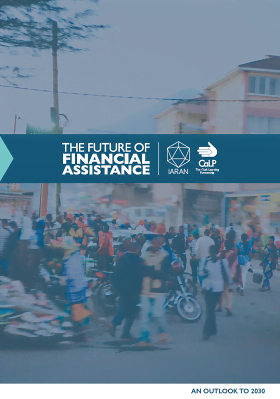
The Future of Financial Assistance: An outlook to 2030
Report
This major publication developed by the CALP Network and IARAN draws on extensive research with a broad range of stakeholders from across the humanitarian sector and beyond, and innovative foresight analysis. The report maps out potential scenarios for how financial assistance might look in 2030, the key...

El Futuro de la Asistencia Financiera – Resumen ejecutivo
Informe
Aunque el uso creciente de las transferencias monetarias para cubrir necesidades humanitarias constituye un reto para el sector tradicional y los modelos basados en mandatos, también brinda oportunidades para trabajar con nuevas organizaciones socias y herramientas. Las transferencias monetarias se...
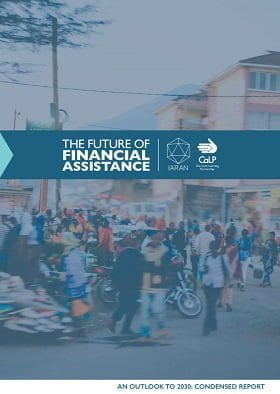
The Future of Financial Assistance – Condensed version
Report
The growing use of cash to meet humanitarian needs is challenging traditional sector and mandate based models, and bringing with it opportunities to work with new partners and tools. With its links to other reforms in humanitarian assistance, such as the push for localisation, participatory approaches,...

Future of Financial Assistance Infographics
Presentation
Key drivers of change

Introducing the Cash Coordination Tip Sheet
Webinar
The CALP Network has developed a tipsheet setting out established best practice and key guidance and resources for all aspects of cash coordination, intended as a clear, accessible and action-oriented guide for those engaged in coordination of cash and voucher assistance at the field level.

Operational Models: Accountability to affected people
Webinar

Consent and Ownership in the Shift to Digital Cash and Voucher Assistance
Blog Post
Part of committing to cash and voucher assistance (CVA) is committing to going digital and collecting data. While they are two different things, they are deeply intertwined. And while an organisation can ‘go digital’ without cash programmes, it’s nearly impossible to commit to cash programmes in the...
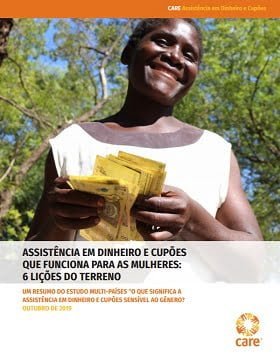
Assistência em Dinheiro e Cupões que Funciona para as Mulheres: 6 lições do terreno
Report
A Assistência em Dinheiro e Cupões (CVA) é actualmente uma ferramenta comum na acção humanitária que é utilizada para fazer face, com maior dignidade, às diversas necessidades de pessoas refugiadas por motivo de crises e conflitos. Embora existam cada vez mais evidências do efeito da CVA no...

Programación de Transferencias Monetarias Que Funciona Para Mujeres: 6 Lecciones del Terreno
Informe
En la actualidad, la Programación de Transferencias Monetarías que funciona para mujeres (PTM) es una herramienta común entre las acciones humanitarias y se usa para satisfacer las diversas necesidades de las personas desplazadas por crisis y conflictos con mayor dignidad.1 Aunque existe evidencia...

Harmonising Data Systems for Cash Transfer Programming: Three key steps for Somalia
Blog Post
Cash and voucher assistance (CVA) is gaining traction as a transformative tool for addressing humanitarian needs in Somalia, with people living in crisis reporting that transfers of this kind helped to build resilience and diversify livelihoods. Delivery, however, is plagued by data challenges around the...

Linking Social Protection and Humanitarian Response – Best Practice
Report
This review looks at the alignment of humanitarian response in refugee crises with national social protection systems. It examines the experience of three countries dealing with protracted refugee situations: Turkey, Lebanon and Cameroon, and also identifies lessons from other literature. The number of...
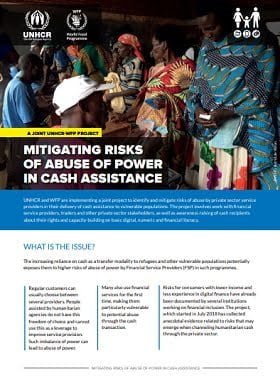
Mitigating Risks of Abuse of Power in Cash Assistance – 4 pages
Report
UNHCR and WFP are implementing a joint project to identify and mitigate risks of abuse by private sector service providers in their delivery of cash assistance to vulnerable populations. The project involves work with financial service providers, traders and other private sector stakeholders, as well as...

Nigeria Capacity Gap Analysis
Case Study
Between 2009 and 2019, the Boko Haram insurgency has affected around 13.4 million people in North East of Nigeria. Out the total affected, around 7.1 million are in need of humanitarian assistance while 6.2 million are targeted for humanitarian assistance. To date, 1.8 million people are reported...

Gender Analysis – Prepared for the Cash and Voucher Assistance Feasibility Study in the Solomon Islands
Report
Feasibility study partner CARE Australia commissioned a qualitative gender-sensitive analysis to inform the overall development of the Solomon Islands Cash and Voucher Assistance (CVA) Feasibility Study. The gender analysis was conducted with the support of Oxfam, Save the Children, World Food Programme,...
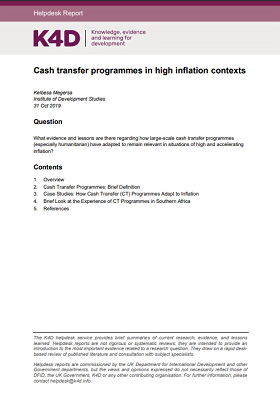
Cash Transfer Programmes in High Inflation Contexts
Report
The use of Cash Transfers (CTs) in developing regions arose as the understanding grew that some other types of aid programmes were not effectively attaining their goals. For instance, emergency food aid was responding to famines, but it was unable to add to food stability. Over time, the persistently poor...

Cash Assistance in Lebanon: Accountability to Affected Populations
Report
The international humanitarian response to the devastating Syrian refugee crisis in Lebanon has grown steadily since 2011 and, today, cash and voucher assistance (CVA) comprises over a third of this assistance. The World Food Programme (WFP) started implementation of its multi-purpose cash (MPC) programme...

MEAL in Emerging Operational Models
Webinar